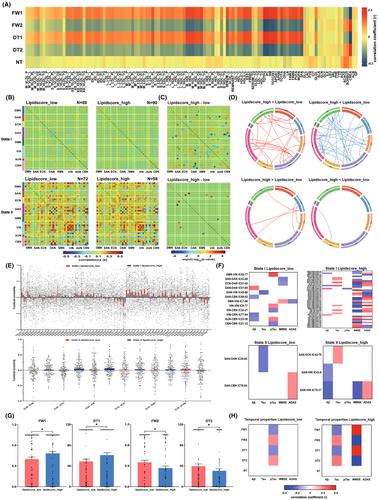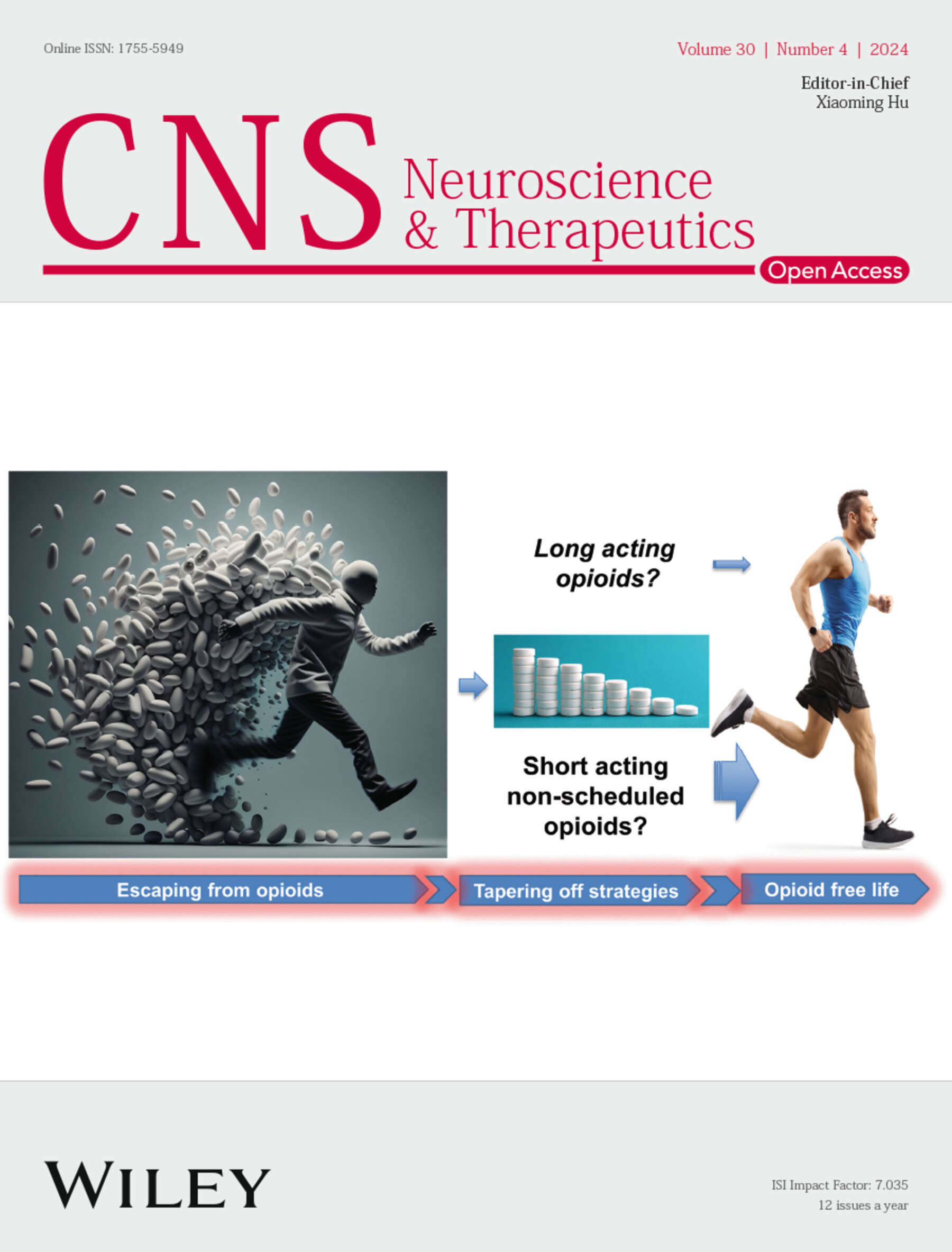Dynamic functional network connectivity and its association with lipid metabolism in Alzheimer's disease
Abstract
Aims
The study aims to examine the changing trajectory characteristics of dynamic functional network connectivity (dFNC) and its correlation with lipid metabolism-related factors across the Alzheimer's disease (AD) spectrum populations.
Methods
Data from 242 AD spectrum subjects, including biological, neuroimaging, and general cognition, were obtained from the Alzheimer's Disease Neuroimaging Initiative for this cross-sectional study. The study utilized a sliding-window approach to assess whole-brain dFNC, investigating group differences and associations with biological and cognitive factors. Abnormal dFNC was used in the classification of AD spectrum populations by support vector machine. Mediation analysis was performed to explore the relationships between lipid-related indicators, dFNC, cerebrospinal fluid (CSF) biomarkers, and cognitive performance.
Results
Significant group difference concerning were observed in relation to APOE-ε4 status, CSF biomarkers, and cognitive scores. Two reoccurring connectivity states were identified: state-1 characterized by frequent but weak connections, and state-II characterized by less frequent but strong connections. Pre-AD subjects exhibited a preference for spending more time in state-I, whereas AD patients tended remain in state-II for longer periods. Group difference in dFNC was primarily found between AD and non-AD participants within each state. The dFNC of state-I yielded strong power to distinguish AD from other groups compared with state-II. APOE-ε4+, high polygenic score, and high serum lipid group were strongly associated with network disruption between association cortex system and sensory cortex system that characterized elevation of cognitive function, which may suggest a compensatory mechanism of dFNC in state-I, whereas differential connections of state-II mediated the relationships between APOE-ε4 genotype and CSF biomarkers, and cognitive indicators.
Conclusion
The dysfunction of dFNC temporal–spatial patterns and increased cognition in individuals with APOE-ε4, high polygenic score, and higher serum lipid levels shed light on the lipid-related mechanisms of dynamic network reorganization in AD.


 求助内容:
求助内容: 应助结果提醒方式:
应助结果提醒方式:


